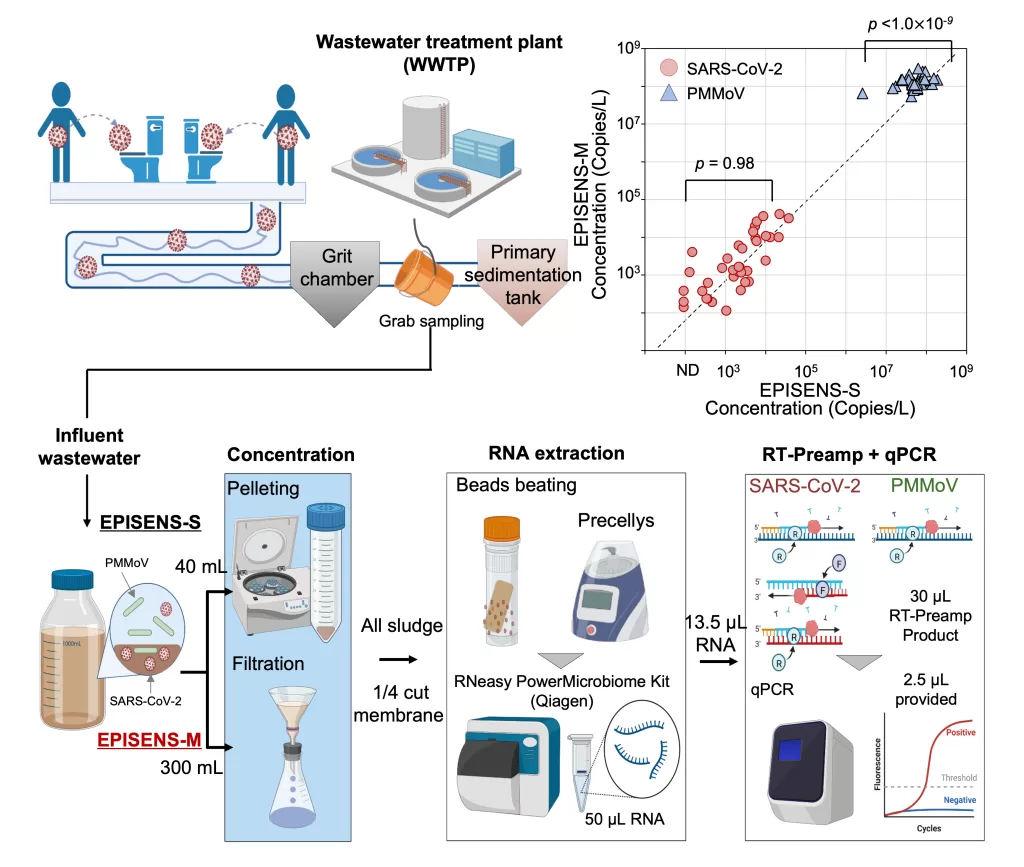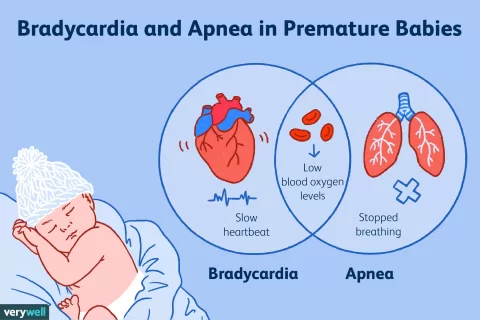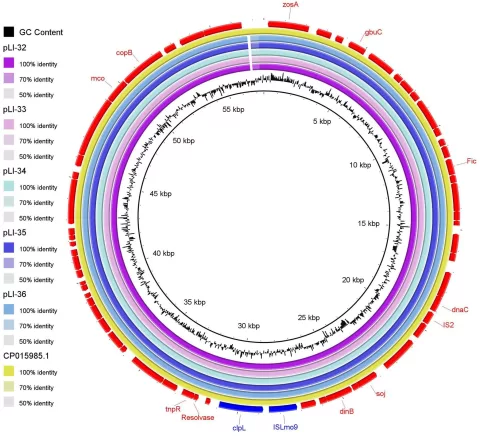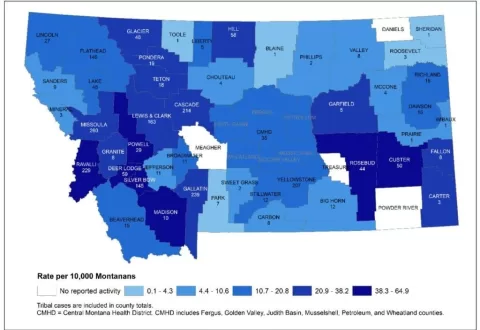SARS-CoV-2 wastewater surveillance has emerged as a groundbreaking public health tool for monitoring viral spread and mutations within communities. By analyzing sewage systems, public health authorities can detect traces of the virus, allowing for timely interventions and informed decision-making. This innovative approach integrates advanced bioinformatics, such as the Aquascope platform, to enhance pathogen genomic tracking and surveillance. As part of the National Wastewater Surveillance System, wastewater pathogen monitoring not only identifies current infections but also reveals genetic variations and SARS-CoV-2 mutations, providing valuable insights into the virus’s evolution. Ultimately, this method serves as a vital component of public health tracking, offering a cost-effective means to assess community transmission dynamics and inform epidemic responses.
The monitoring of wastewater for viral pathogens, particularly related to COVID-19, represents a significant advancement in epidemic response strategies. Known as wastewater pathogen surveillance, this technique involves the collection and analysis of sewage samples to uncover the presence of viral genetic material. By employing sophisticated bioinformatics tools like Aquascope, researchers can track the emergence of various SARS-CoV-2 lineages and mutations effectively. This proactive approach not only aids in understanding the impact of community transmission but also plays a crucial role in shaping public health policies and responses. In this context, the integration of national wastewater monitoring systems highlights the growing importance of environmental surveillance in managing infectious diseases.
Understanding SARS-CoV-2 Wastewater Surveillance
SARS-CoV-2 wastewater surveillance serves as a crucial tool in monitoring the spread of the virus across communities. By analyzing wastewater discharge, public health officials can detect the presence of viral RNA, offering valuable insights into community transmission rates without the need for invasive testing on individuals. This method not only allows for early detection of regional viral surges but also helps in identifying emerging variants that could potentially evade current diagnostics and therapeutics.
The integration of wastewater pathogen monitoring into the National Wastewater Surveillance System (NWSS) enables health authorities to track fluctuations in viral load over time. This ongoing analysis provides a real-time snapshot of public health, allowing for timely responses to outbreaks. The significant advantage of this approach is its cost-effectiveness compared to traditional testing methods, especially in communities where resources may be limited.
Frequently Asked Questions
What is SARS-CoV-2 wastewater surveillance and its importance?
SARS-CoV-2 wastewater surveillance is the monitoring of wastewater to detect the presence of the virus in communities. It is important because it provides a noninvasive and cost-effective method to track viral transmission trends and mutations, allowing public health authorities to respond quickly to outbreaks.
How does the National Wastewater Surveillance System track SARS-CoV-2 variants?
The National Wastewater Surveillance System (NWSS) tracks SARS-CoV-2 variants by collecting wastewater samples from various locations and using genomic sequencing to identify different lineages and mutations. This process is enhanced by the Aquascope bioinformatics pipeline, which facilitates the analysis and interpretation of the collected data.
What role does Aquascope bioinformatics play in SARS-CoV-2 wastewater surveillance?
Aquascope bioinformatics is a critical tool within the National Wastewater Surveillance System; it enables efficient and detailed analysis of wastewater sequence data to track SARS-CoV-2 variants. This open-source platform helps public health officials understand the genetic variations of the virus circulating in communities.
How can wastewater pathogen monitoring assist in public health tracking of SARS-CoV-2?
Wastewater pathogen monitoring assists in public health tracking of SARS-CoV-2 by providing early warnings of outbreaks and trends in viral load within communities. It helps health officials identify emerging variants and assess the effectiveness of public health interventions in real-time.
What are the recent findings on SARS-CoV-2 mutations from wastewater analysis?
Recent findings from the National Wastewater Surveillance System indicate a significant increase in the prevalence of SARS-CoV-2 mutations, particularly the JN.1 variant. By analyzing wastewater samples, researchers have been able to monitor trends in viral lineages and their implications for public health.
How efficient is wastewater surveillance in detecting SARS-CoV-2 compared to clinical testing?
Wastewater surveillance is highly efficient as it can assess the presence of SARS-CoV-2 across larger populations and geographical areas compared to individual clinical testing. It provides a broader understanding of community transmission dynamics and identifies variants faster.
What public health benefits arise from monitoring SARS-CoV-2 through wastewater?
Monitoring SARS-CoV-2 through wastewater offers numerous public health benefits, including the ability to track virus prevalence without extensive testing, assess the emergence of new variants, and inform policy decisions for targeted interventions in affected areas.
Are there any limitations in SARS-CoV-2 wastewater surveillance?
While SARS-CoV-2 wastewater surveillance is a powerful tool, it has limitations such as potential variability in sewage sampling, challenges in interpreting data due to dilution factors, and the need for robust bioinformatics tools like Aquascope to analyze genetic material effectively.
| Key Points | Details |
|---|---|
| Detection and tracking of SARS-CoV-2 | National Wastewater Surveillance System (NWSS) monitors genetic variations of SARS-CoV-2 in wastewater. |
| Open-source bioinformatics tools | Aquascope pipeline aids in tracking pathogen variants in wastewater. |
| Emergence of the JN.1 variant | JN.1 variant first detected in clinical samples and rapidly became predominant in 2023. |
| Cost-effectiveness and noninvasive methods | Wastewater surveillance provides low-cost insights into community transmission dynamics. |
| Public health impact | Improved tracking of infectious disease threats through enhanced genomic surveillance. |
Summary
SARS-CoV-2 wastewater surveillance is an innovative approach that enables efficient monitoring of viral strains within communities through genomic analysis of wastewater samples. This methodology not only aids in detecting the presence and spread of variants like JN.1 but also enhances public health response capabilities. The implementation of tools like the Aquascope bioinformatics pipeline demonstrates the potential of wastewater surveillance as a vital resource in understanding and mitigating the impacts of infectious diseases.
The content provided on this blog (e.g., symptom descriptions, health tips, or general advice) is for informational purposes only and is not a substitute for professional medical advice, diagnosis, or treatment. Always seek the guidance of your physician or other qualified healthcare provider with any questions you may have regarding a medical condition. Never disregard professional medical advice or delay seeking it because of something you have read on this website. If you believe you may have a medical emergency, call your doctor or emergency services immediately. Reliance on any information provided by this blog is solely at your own risk.








